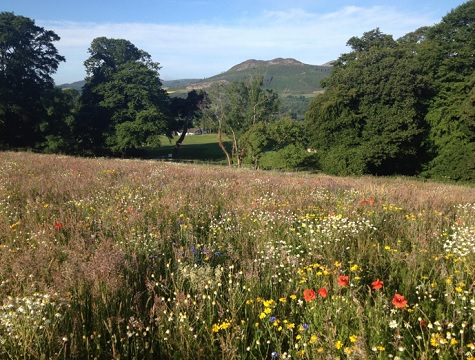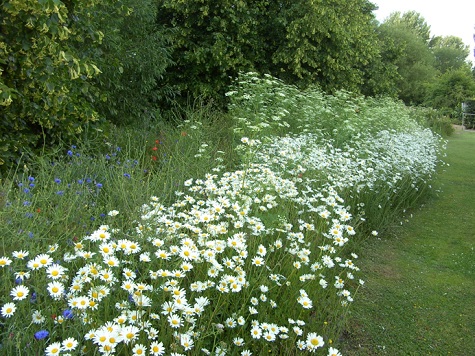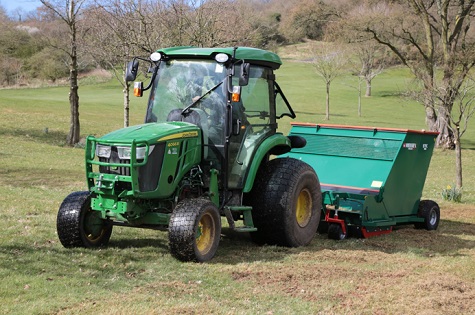I recently attended an ASPE seminar where guest speakers gave informative talks on managing our landscape, with particular focus given to finding better ways of encouraging plant diversity within our parks and public open spaces.
For several years now we have seen councils taking up the initiative to rewild and plant areas of land with wildflower mixes, with the aim of improving biodiversity - whilst at the same time attempt to save money on cutting grass.
Recent years has witnessed a changing of the mowing regimes we became accustomed to in the late 1970s and 80s, where in most instances we were cutting grass wall to wall at one height of cut.

Also, across many schools’ playing fields, this method of grass cutting was common. We generally cut grass on a weekly basis to keep it neat and tidy. One of the reasons this policy changed initially was due to cost saving approaches, where councils could no longer afford these costly grass cutting regimes - plus the fact we started to see conservationists employed by local authorities.

So, from the turn of this century onwards, we have seen a dramatic turnaround in how we manage our public open spaces. Now with many of the new climate change initiatives being driven by government, the opportunity to rewild has become a new initiative for local authorities to hang their hat on.
Road verges
At the seminar I attended was an employee of Plantlife, Mark Schofield, a road verges advisor who gave an interesting talk on public green spaces management from the perspective of economy, climate and nature’s recovery.

He began his talk on some startling facts:
- 58% of species are in decline
- 1 in 7 UK species are at risk of extinction
- 97% wildflower meadows have been lost since 1930
There are nearly 313,500 miles of rural road verge in the UK, he said – equivalent in area to our remaining lowland species-rich grassland, with 700 species of wildflower growing on road verges.
For 23 million commuters, road verges can be their only daily contact with nature. However, if we were to rethink how we manage our grass verges and hedges in a better coordinated way, Mark argued we would not only make savings in maintenance costs but would increase biodiversity and increase wildlife populations within our towns and cities. In essence, it is all about adopting new ways of managing our landscape assets.
Road verges are a vital refuge for wildlife, including 45 per cent of our total flora. The 500,000 kilometres of road verges that span the UK are equivalent to half of our remaining flower-rich grassland. This existing green infrastructure is a national opportunity to enhance biodiversity.
Mark’s company Plantlife began its Road Verge Campaign in 2013. The vision was to manage verges with wildlife in mind, to protect and enhance flower-rich habitats, nurture their environmental benefits and enhance our connection to nature. At the heart of the campaign sits a petition to councils, combined with practical guidance to inform, inspire and enable change to happen.
Many local authorities and their contractors are now implementing their guidance and have seen a dramatic improvement to their green spaces in terms of savings, increased biodiversity and creating a new wildlife corridor for insects, mammals and birds.
I found Mark’s a truly inspiring talk. This approach to road verges is equally applicable to larger areas of land space. Do we really need to cut wall to wall and neglect our hedgerows and trees that we plant?

Golf courses for many years have encouraged several different cutting regimes to maintain their vast areas of grassed land. Clubs will have dedicated areas of rough, semi rough, permanent rough and fringing rough to enhance the aesthetics of the golf course with the aim of promoting and increasing biodiversity, whilst also conserving wildlife on the courses.
We now have a plethora of grass cutting / collection machinery at our disposal, so it really should all be about understanding how we can best use this technology to enhance our local environments to deliver a welcoming environment that we can all enjoy.